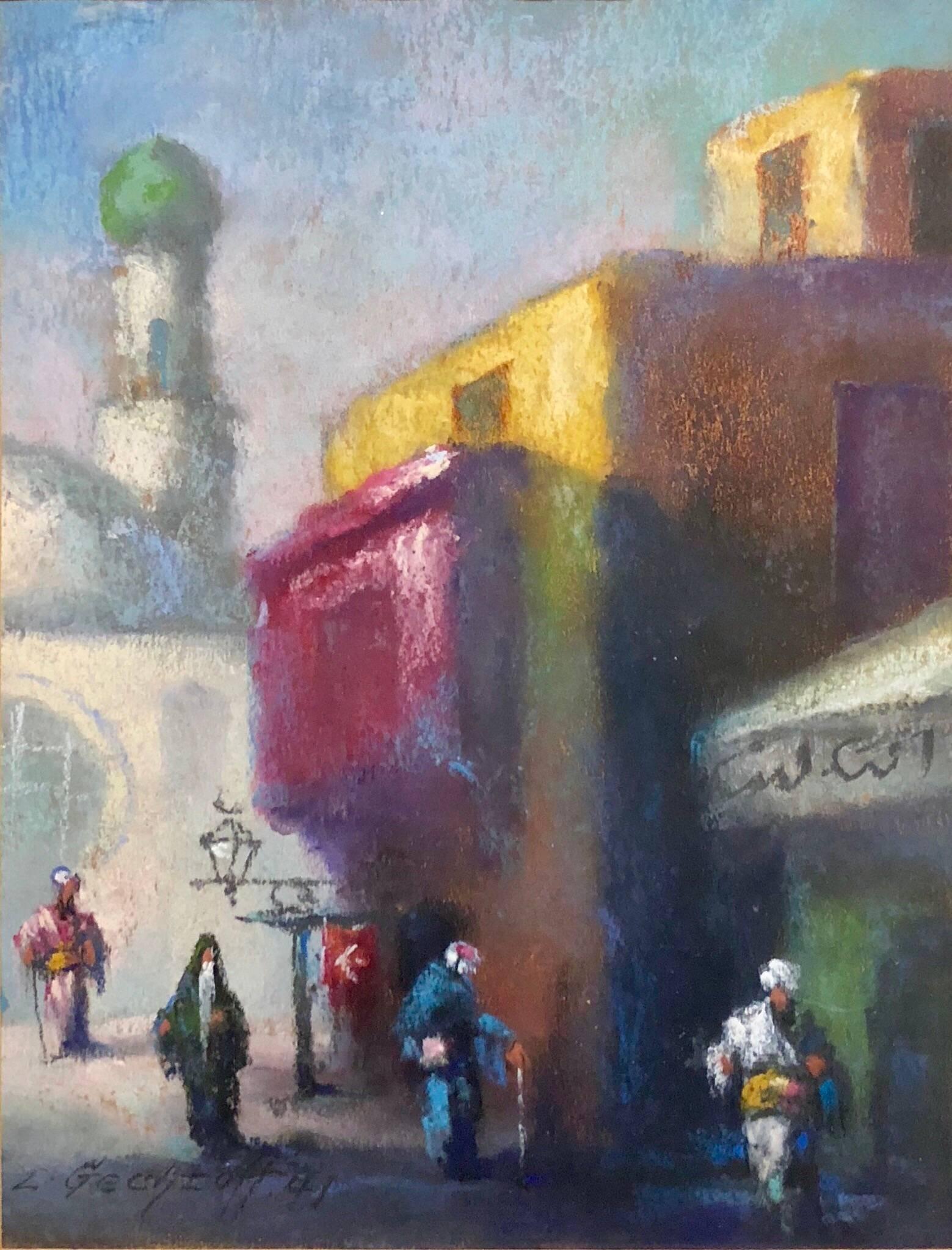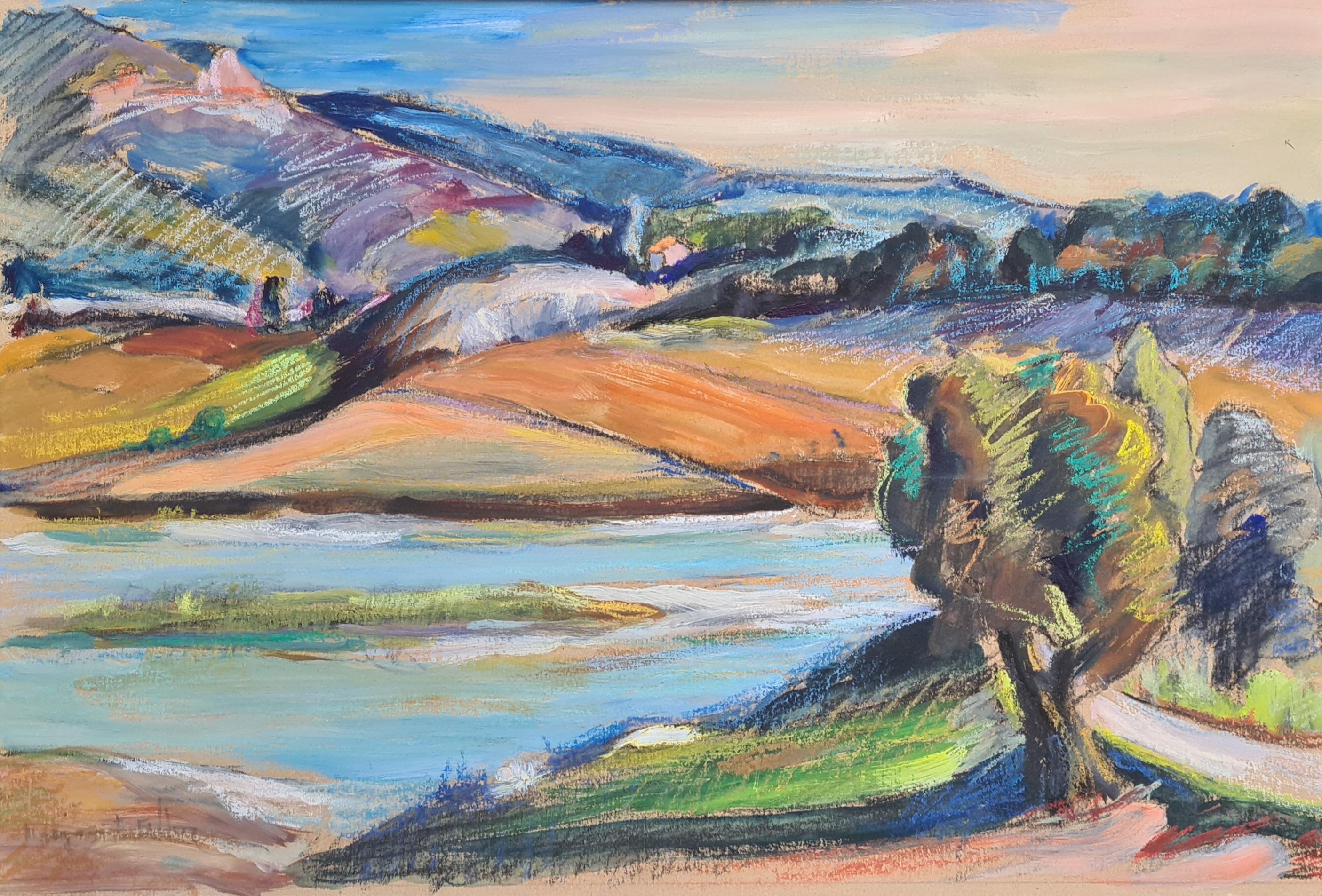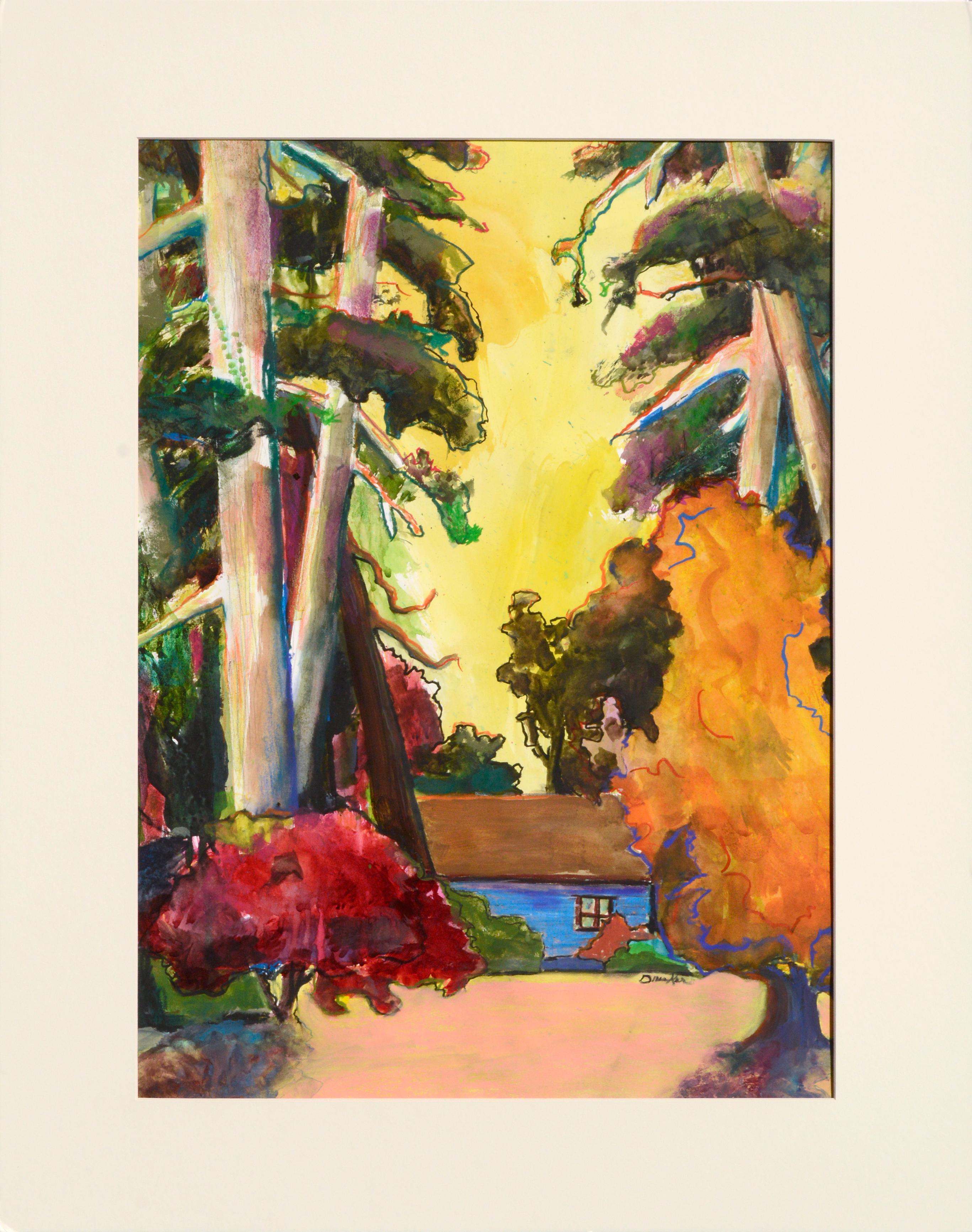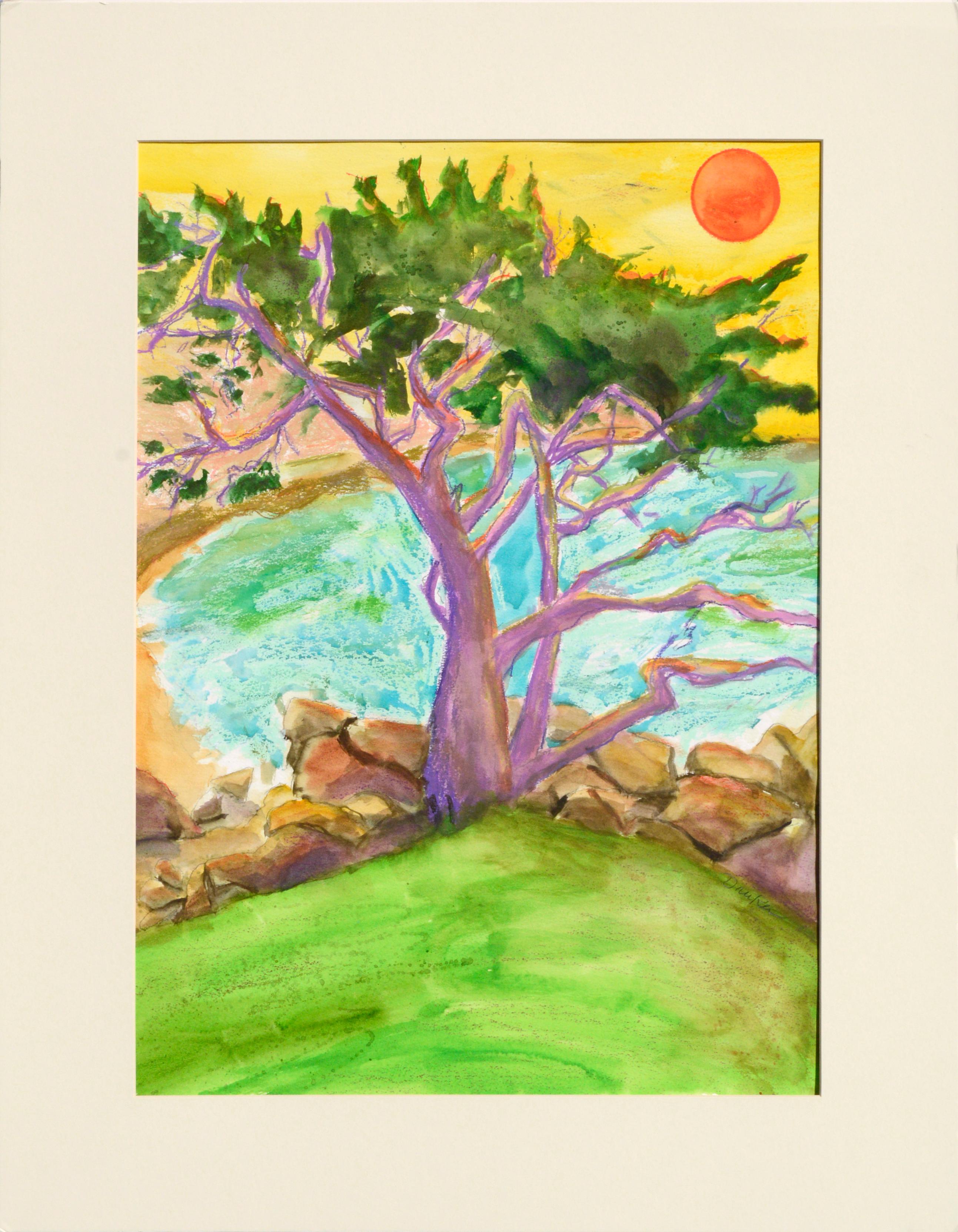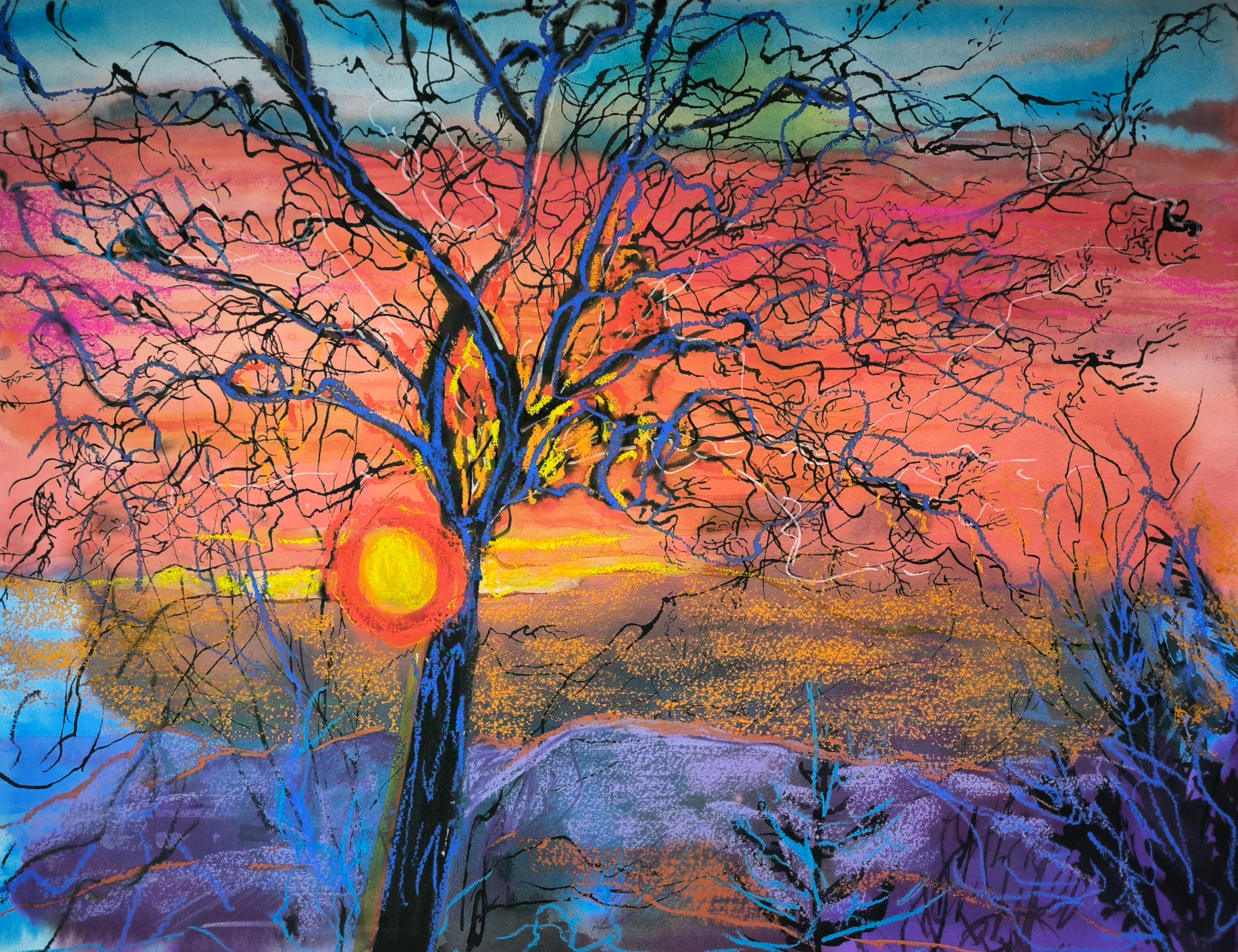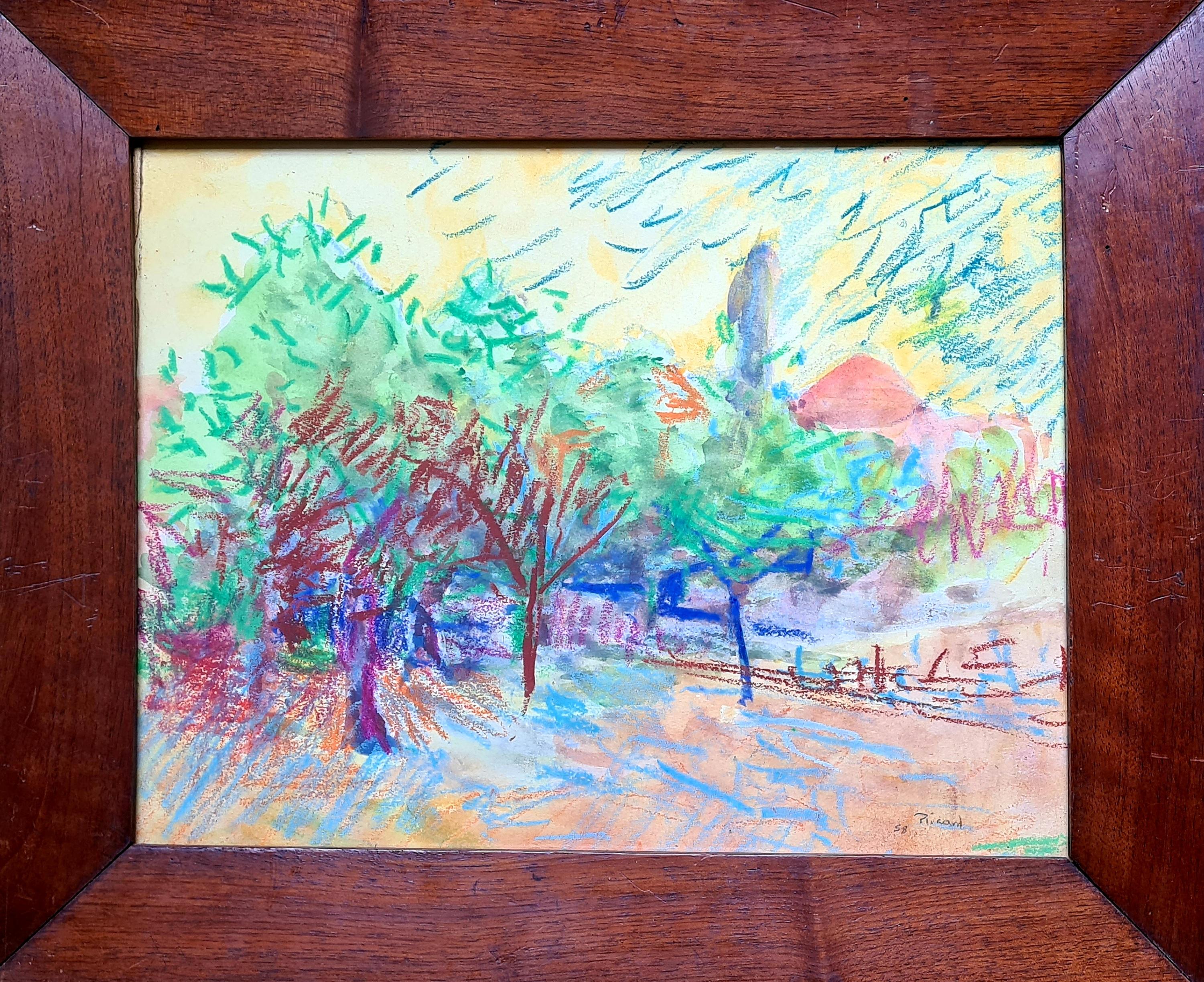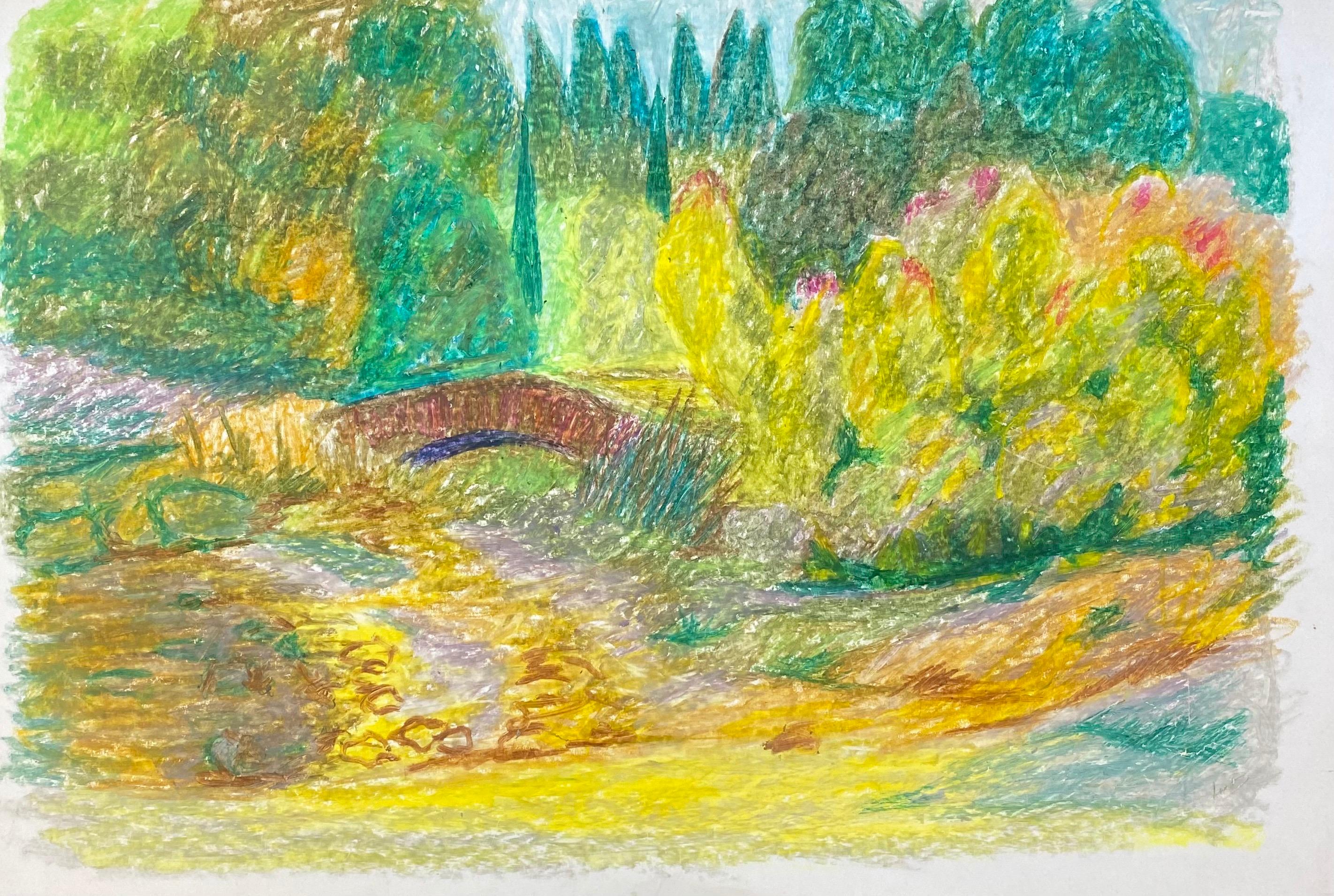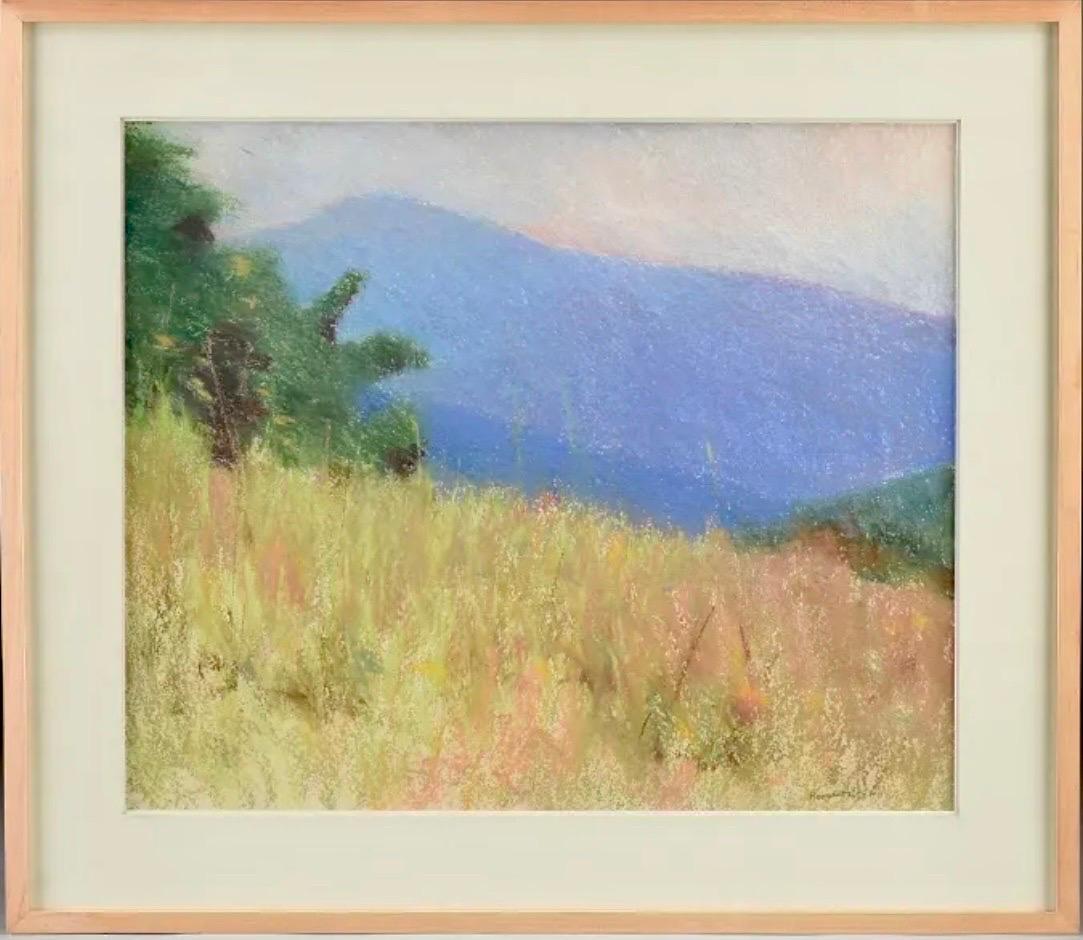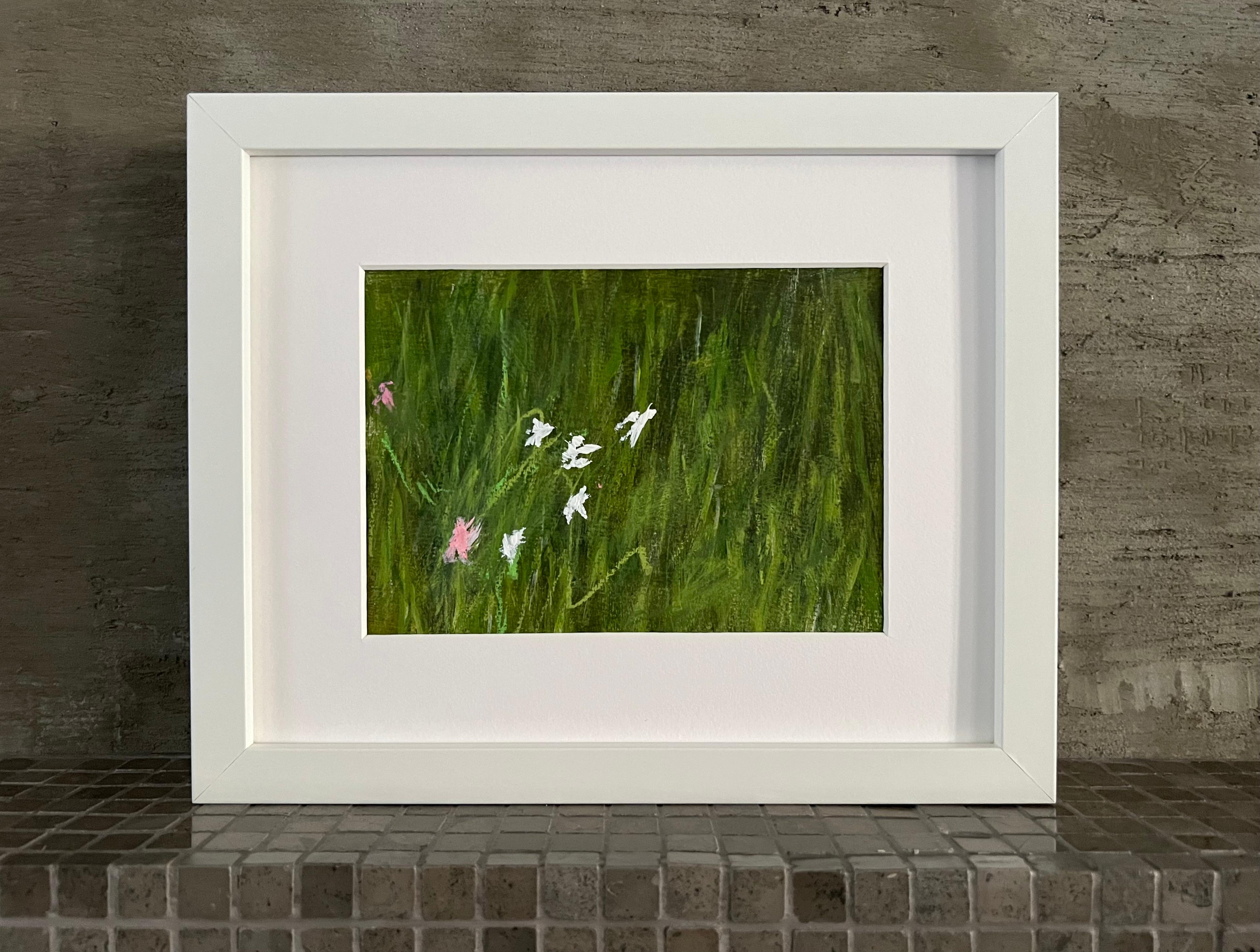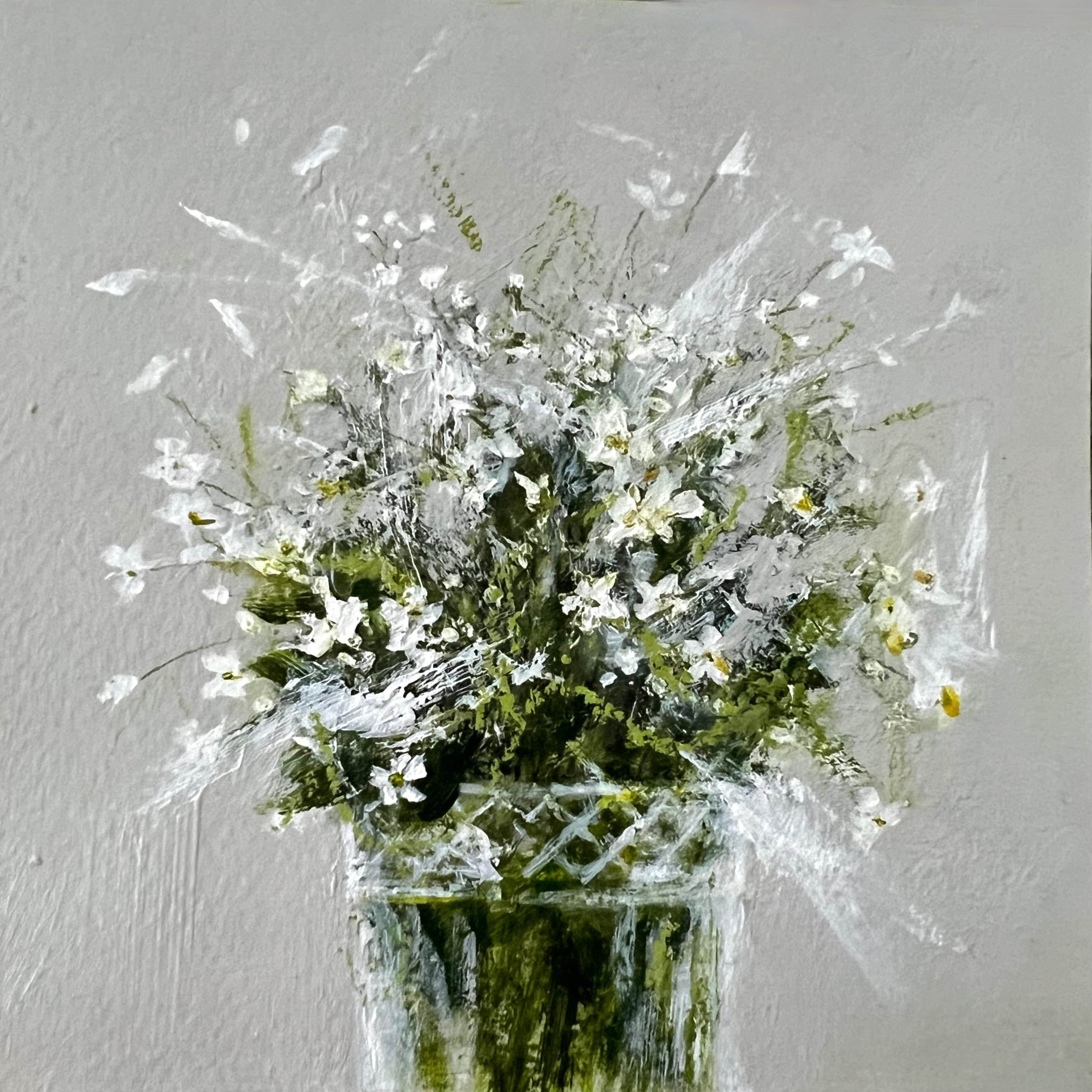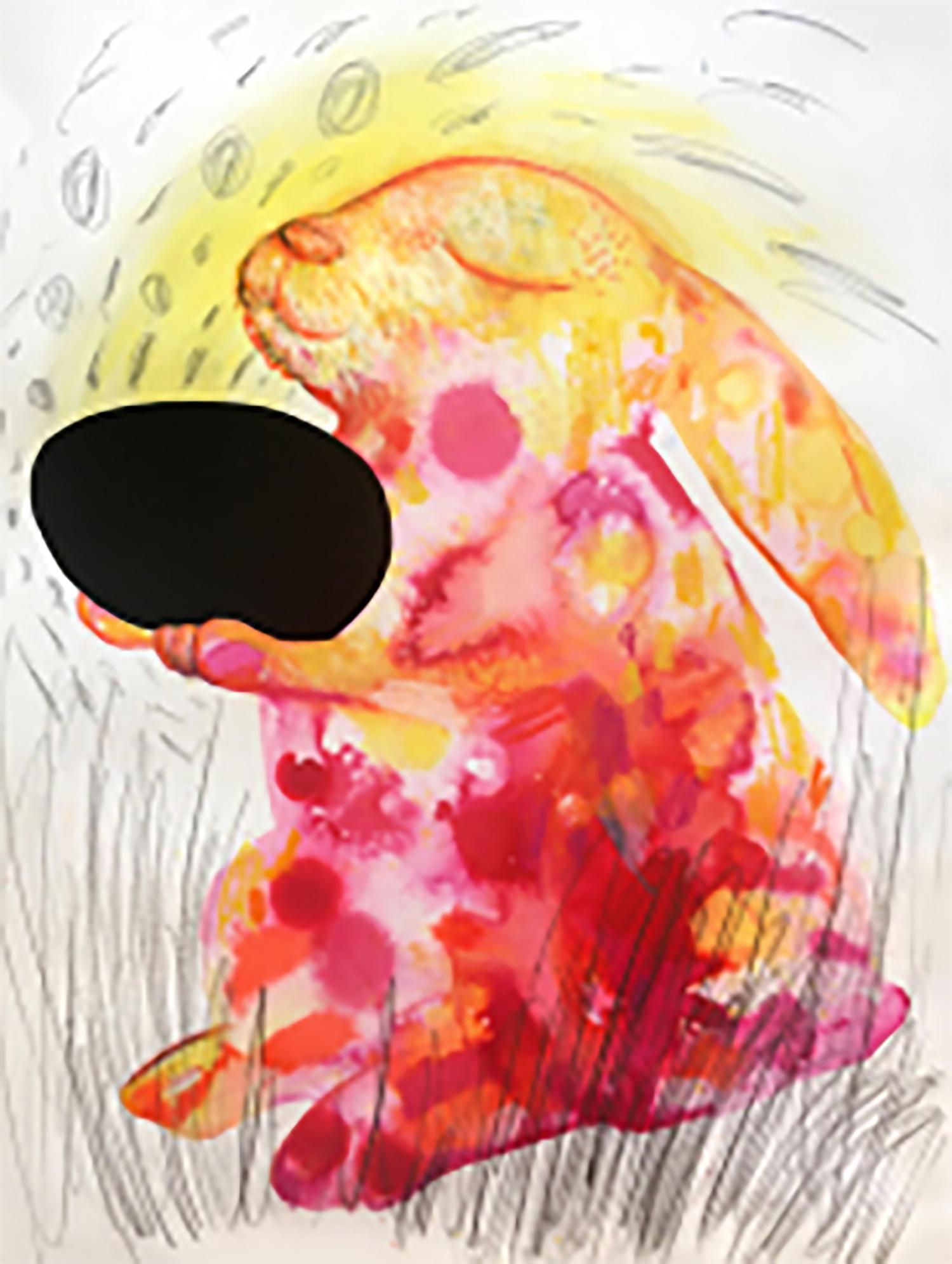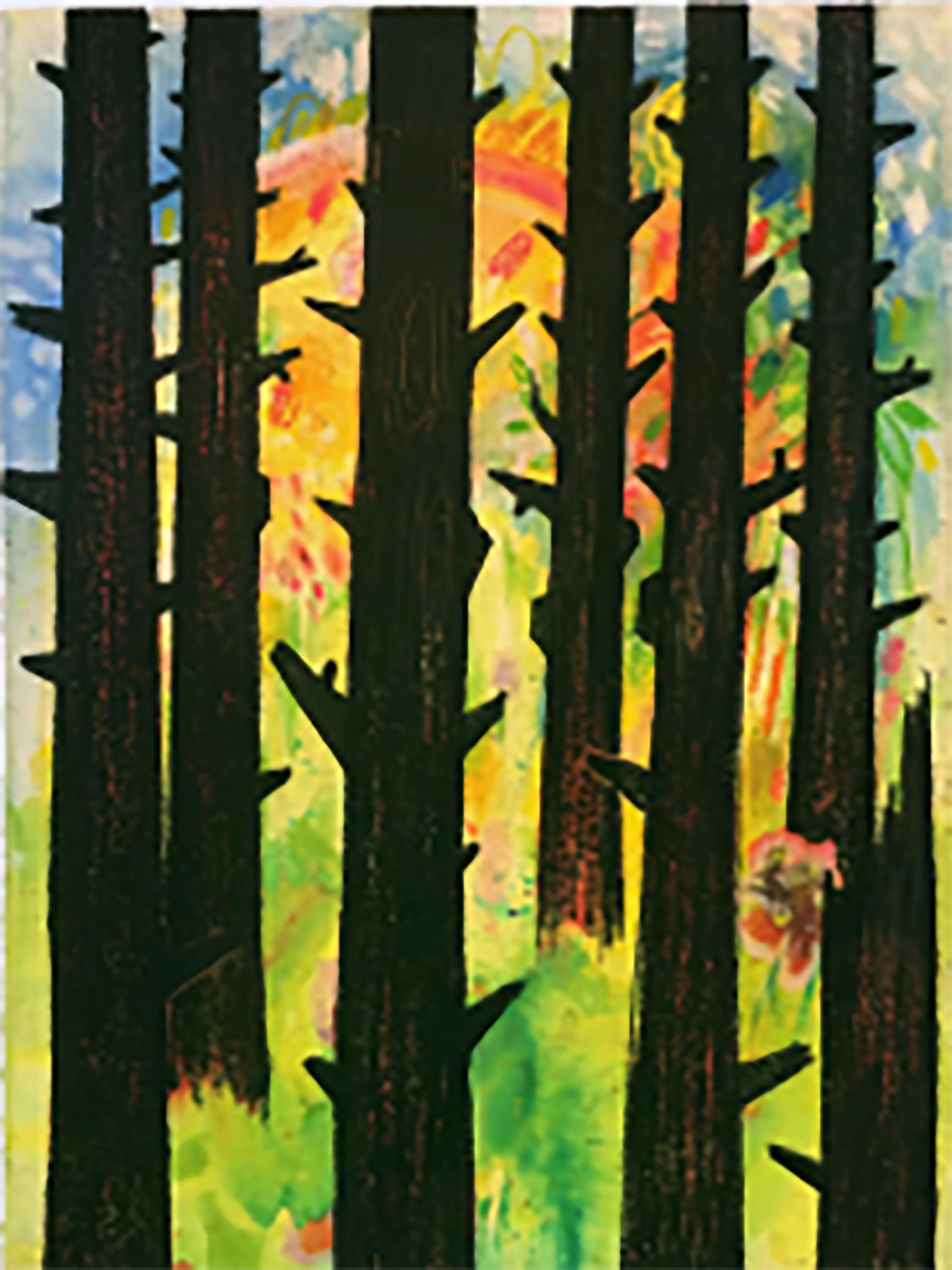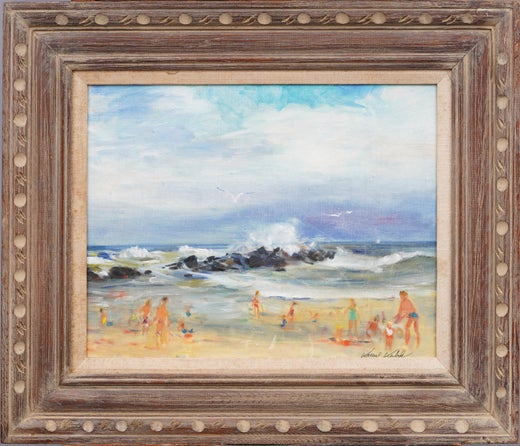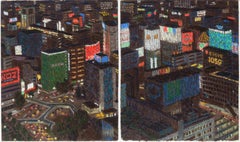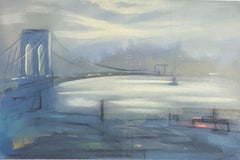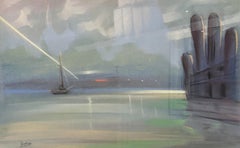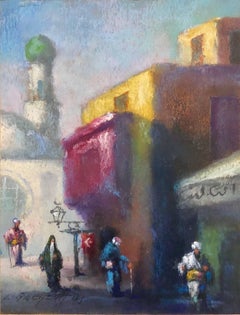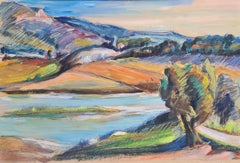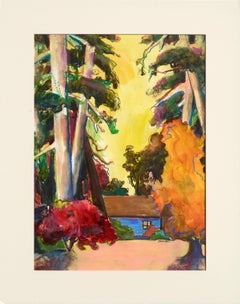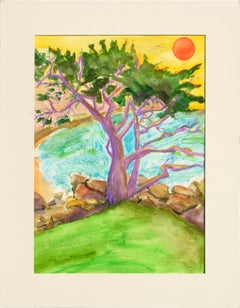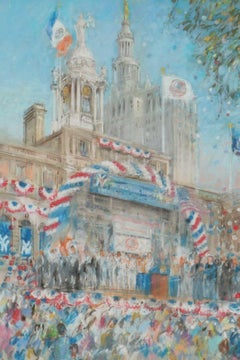
"New York Yankees World Series Celebration, " Kamil Kubik Baseball Street Parade
View Similar Items
Kamil Kubik"New York Yankees World Series Celebration, " Kamil Kubik Baseball Street Parade1998
1998
About the Item
- Creator:Kamil Kubik (1930, American, Czech)
- Creation Year:1998
- Dimensions:Height: 26 in (66.04 cm)Width: 19.5 in (49.53 cm)
- Medium:
- Movement & Style:
- Period:
- Condition:
- Gallery Location:New York, NY
- Reference Number:1stDibs: LU184129924152
Kamil Kubik
Kamil Kubik was born in Czechoslovakia in 1930 to an artistic family. He began his formal art training in Prague, but when the Communists seized power in 1949, he escaped, starting a long journey of study and work around the world. Kubik did set design in Australia and painted portraits in London and San Francisco. His works are owned by collectors on five continents, including the collections of Mrs. Lyndon B. Johnson, Mr. And Mrs. John V. Lindsay, Paul Mellon, Count de La Lanne-Mirrlees and Robert Sarnoff.
More From This Seller
View All1920s Post-Impressionist Landscape Drawings and Watercolors
Paper, Watercolor
1980s American Modern Landscape Drawings and Watercolors
Paper, Pastel
1930s American Modern Landscape Drawings and Watercolors
Paper, Pastel
1930s American Modern Landscape Drawings and Watercolors
Paper, Pastel
Mid-20th Century American Modern Landscape Paintings
Paper, Crayon
1940s American Modern Landscape Drawings and Watercolors
Paper, Watercolor
You May Also Like
Early 20th Century Post-Impressionist Landscape Paintings
Paper, Oil Pastel
Mid-20th Century Post-Impressionist Landscape Paintings
Oil Pastel, Pastel, Board
21st Century and Contemporary Fauvist Landscape Drawings and Watercolors
Paper, Pastel, Watercolor
21st Century and Contemporary Fauvist Landscape Drawings and Watercolors
Paper, Pastel, Watercolor, Pencil
21st Century and Contemporary Fauvist Landscape Drawings and Watercolors
Pastel, Ink, India Ink, Watercolor
Late 20th Century Fauvist Landscape Paintings
Pastel, Watercolor
